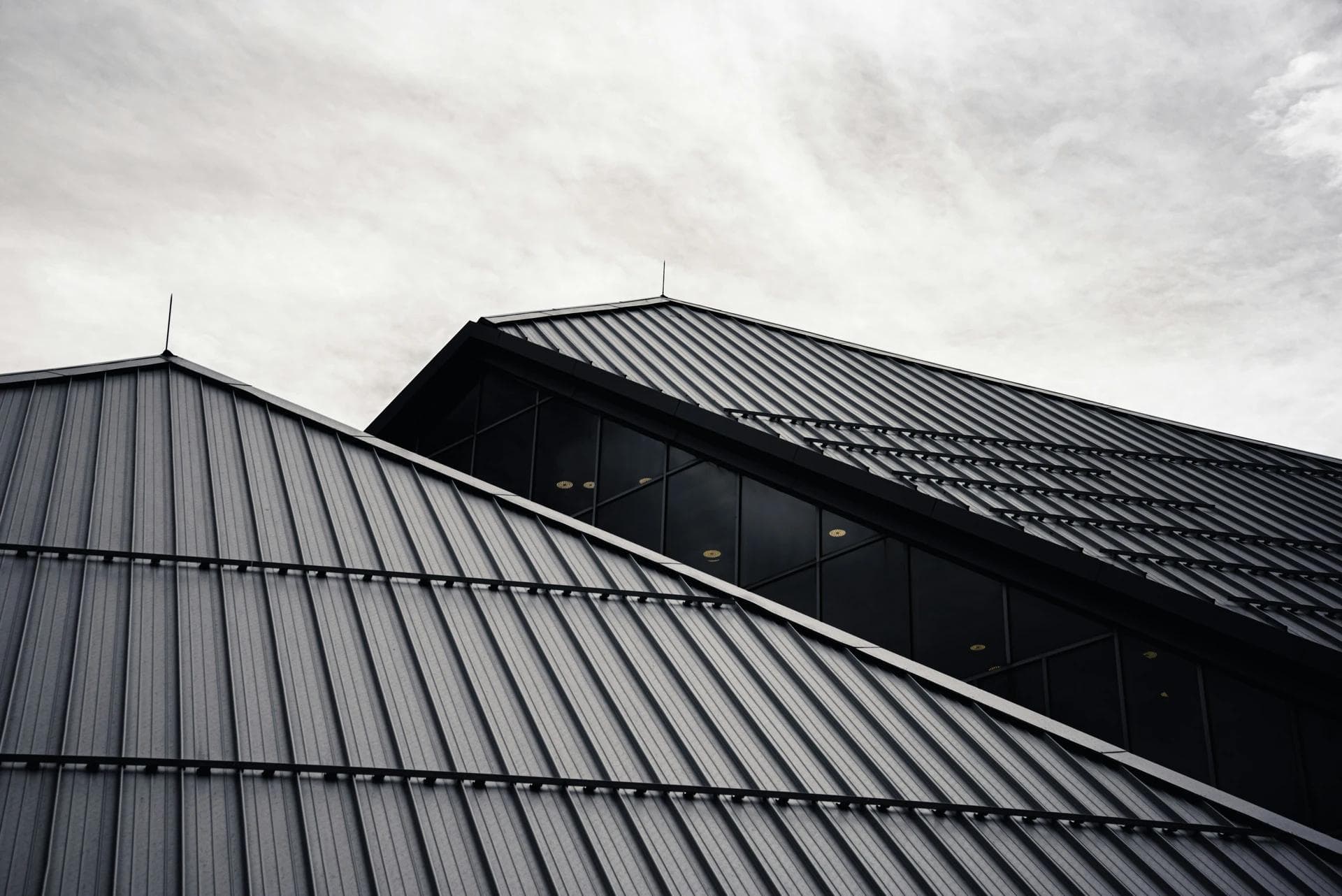
What Is the Lifespan of Different Roofing Materials?
Choosing the right roofing material can be a difficult task for some homeowners. When looking at your choices, it’s important not to overlook the lifespan of different roofing materials so you can choose the best option for your home.
Why Roofing Material Lifespan Matters
The lifespan of the roofing material you choose is important to understand for a few reasons. Some materials may be cheaper up front, but cost more in the long run due to maintenance and repairs. It’s also important for understanding the value of your home, especially if you don’t plan on living there forever.
Lifespan of Common Roofing Materials
To make it easy, we’ve compiled a basic list of roofing materials with their lifespan, as well as pros and cons to consider.
- Asphalt Shingles:
- Lifespan: 20-25 years (3-tab), 30-40 years (architectural).
- Pros: Affordable, versatile; Cons: Prone to weather damage.
- Metal Roofing:
- Lifespan: 40-70 years (depending on metal type, e.g., steel, copper).
- Pros: Durable, low maintenance; Cons: Higher upfront cost.
- Clay or Concrete Tiles:
- Lifespan: 50-100 years.
- Pros: Long-lasting, fire-resistant; Cons: Heavy, expensive.
- Slate:
- Lifespan: 75-150 years.
- Pros: Elegant, extremely durable; Cons: Costly, requires skilled installation.
- Composite/Synthetic Shingles:
- Lifespan: 30-50 years.
- Pros: Eco-friendly, mimics natural materials; Cons: Newer technology, variable quality.
Factors Affecting Roofing Material Lifespan
You should also understand how your environment and other factors affect different materials. There are four main factors that play into the roofing material’s lifespan which may vary in different regions of the world.
- Climate: Rain, UV rays, or temperature swings accelerate wear (e.g., asphalt in hot climates).
- Installation Quality: Poor installation reduces lifespan significantly.
- Maintenance: Regular inspections and cleaning extend durability.
- Ventilation: Poor attic airflow traps heat, damaging materials.
How to Extend the Lifespan of Your Roof
If you’re not looking to replace your roof but to maintain it, there are steps you can take to increase your roof’s longevity.
- Schedule annual inspections with a roofing contractor to catch issues early.
- Clean gutters and remove debris to prevent water buildup.
- Repair minor damage (e.g., cracked shingles) promptly.
- Ensure proper ventilation and insulation to reduce heat stress.
Choosing the Right Material for Your Home
When choosing your material you should consider a few things; budget, climate, aesthetic preferences, and upfront vs. long-term costs. If you’re still not sure, finding a trusted roofing contractor would help, as they will likely be able to provide some input.
Conclusion
The lifespan of different roofing materials varies widely, which impacts costs and maintenance needs. You should understand all of your choices so you can make an informed decision on your roof material. Choosing the right one will protect your home for decades to come.
FAQ
Q: How long do asphalt shingles last?
A: Standard 3-tab asphalt shingles last 20-25 years, while architectural shingles can last 30-40 years with proper care.
Q: What roofing material lasts the longest?
A: Slate roofs can last 75-150 years, followed by clay tiles (50-100 years) and metal roofs (40-70 years).
Q: What shortens a roof’s lifespan?
A: Harsh weather, poor installation, lack of maintenance, and inadequate ventilation can reduce durability.
Q: How can I make my roof last longer?
A: Schedule annual inspections, clean gutters, repair damage quickly, and ensure proper ventilation.
Q: How do I choose the best roofing material?
A: Consider budget, climate, and aesthetics. Contact a roofing contractor for a consultation to find the right fit.
Customer Reviews
With over 1000 home projects completed to date, we know how to treat our customers. This is what they’re saying about us.

